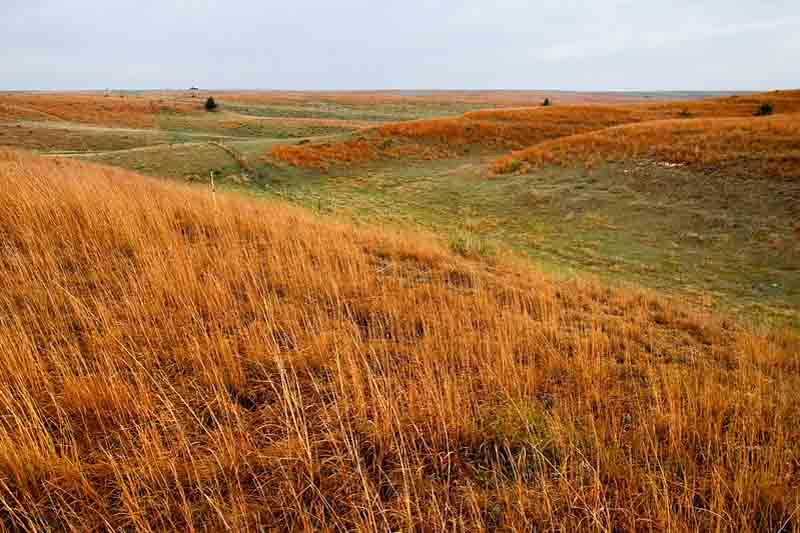Little Bluestem: The Versatile Native Grass for Vibrant Landscaping
Little Bluestem, scientifically known as Schizachyrium scoparium, is a perennial grass native to North America, esteemed for its versatility and striking appearance. This ornamental grass plays a pivotal role in prairie and native garden settings.
Habit: Little Bluestem exhibits an upright, clumping growth habit. During the growing season, it features slender, linear leaves, which contribute to its fine-textured appearance. Initially green or blue-green, the leaves transition to stunning shades of copper, orange, and red in the fall, providing significant visual interest throughout the year.
Hardiness: This species is remarkably hardy, thriving in USDA zones 3 through 9. It is well-adapted to a variety of environmental conditions, showing exceptional tolerance to temperature extremes, drought, and poor soil quality. Such resilience makes Little Bluestem a reliable choice for a wide range of landscape applications.
Flowers and Bloom Time: Little Bluestem produces delicate, feathery flowers in late summer to early fall. These blooms are typically silver to white and are borne on branched stems that rise above the foliage. Though subtle, the flowers are visually appealing and attract pollinators.
Uses: Little Bluestem is highly versatile in landscaping. It is used for natural landscaping, erosion control, and as part of wildflower gardens and prairie restorations. Its ornamental value also makes it a popular choice for decorative gardens, where its seasonal color and texture are particularly appreciated.
Benefits: Beyond its aesthetic appeal, Little Bluestem offers notable ecological benefits. It provides habitat and food for wildlife, particularly birds that feed on its seeds. The grass’s deep root system helps stabilize soil, reducing erosion, and it plays a role in carbon sequestration, contributing to environmental sustainability.

